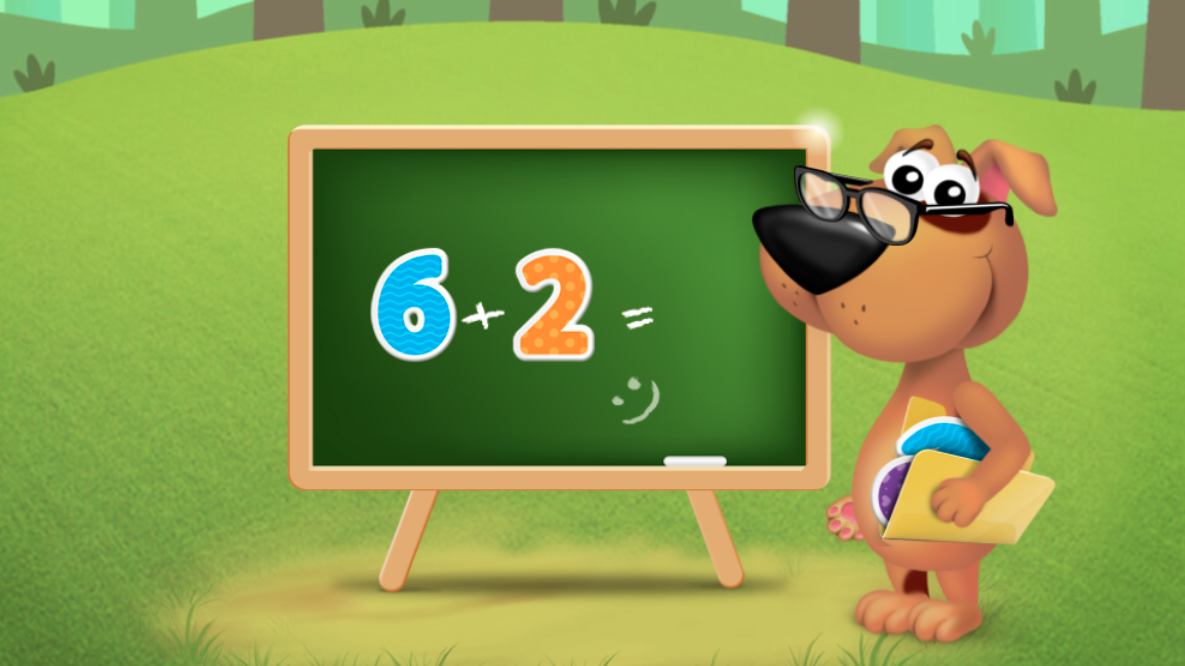Alphabet tracing Normal Worksheets for Ages 5-8
5 filtered results
-
From - To
Introduce your child to the world of letters with our Alphabet Tracing Normal Worksheets for Ages 5-8! Perfect for beginners, these printable worksheets help young learners develop essential writing skills and letter recognition. Fun and engaging activities ensure kids practice proper letter formation while boosting their confidence and fine motor skills. Each tracing worksheet provides ample space for repetition, aiding in muscle memory and precision. Our vibrant and child-friendly designs capture children’s attention, making learning enjoyable and effective. Ideal for home or classroom use, give your child a head start in literacy with these educational and interactive alphabet tracing worksheets.
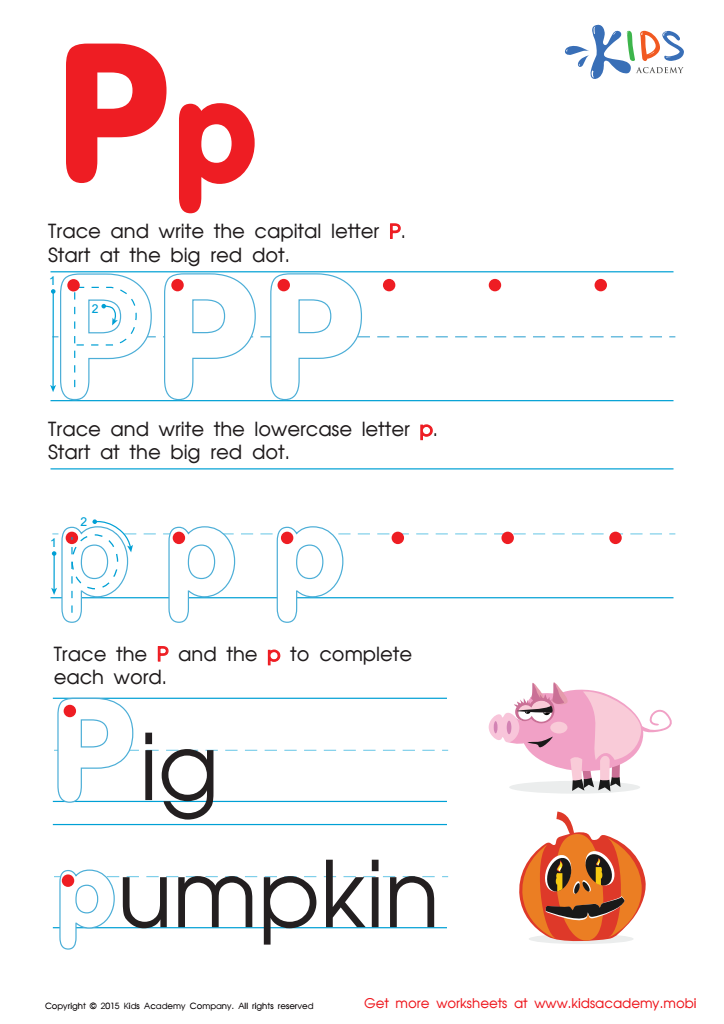

Letter P Tracing Page
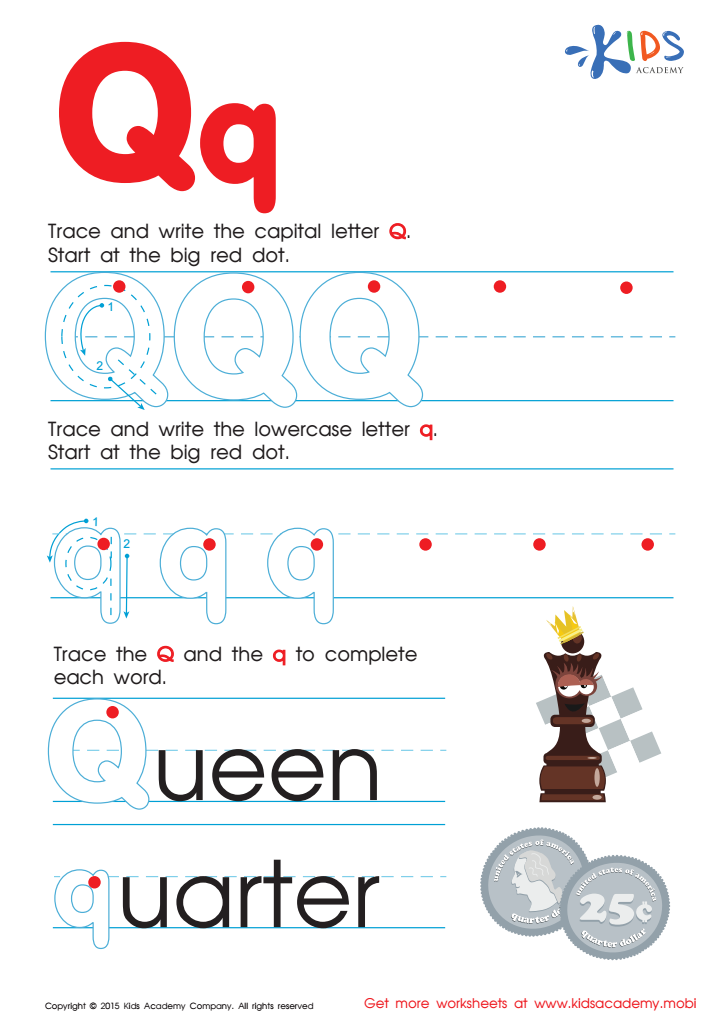

Letter Q Tracing Page
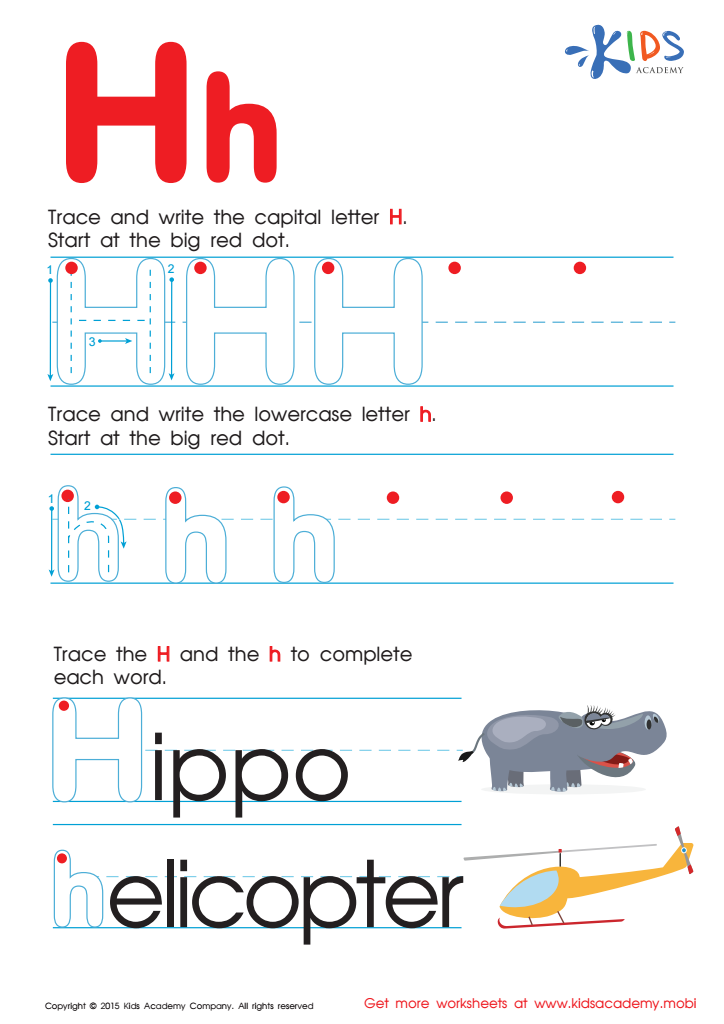

Letter H Tracing Page
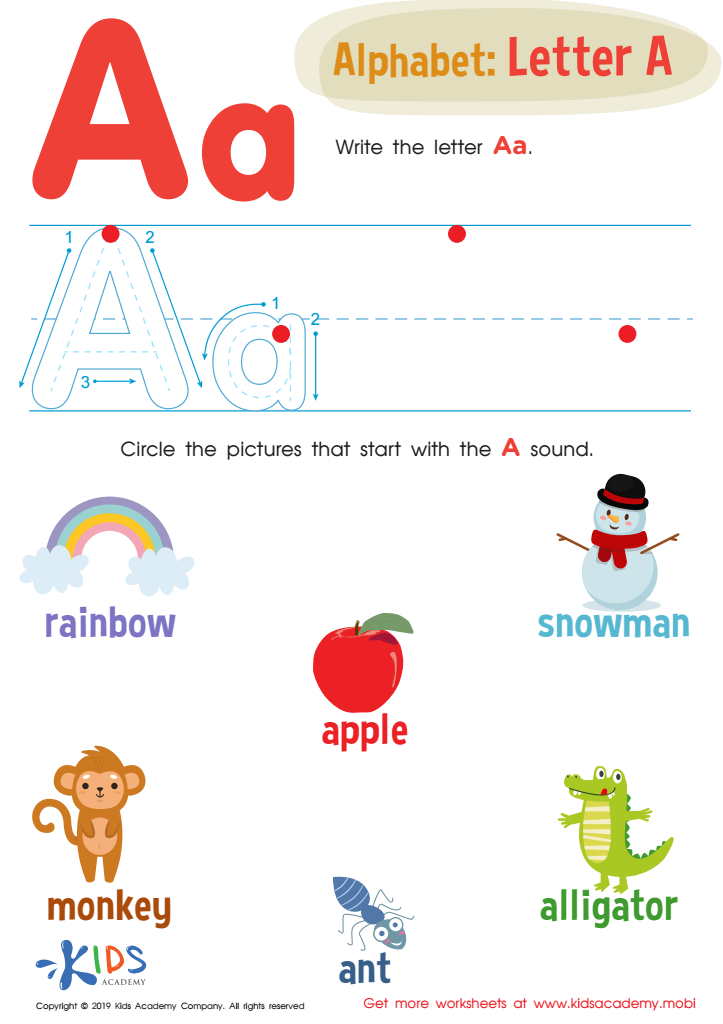

Letter A Tracing Worksheet
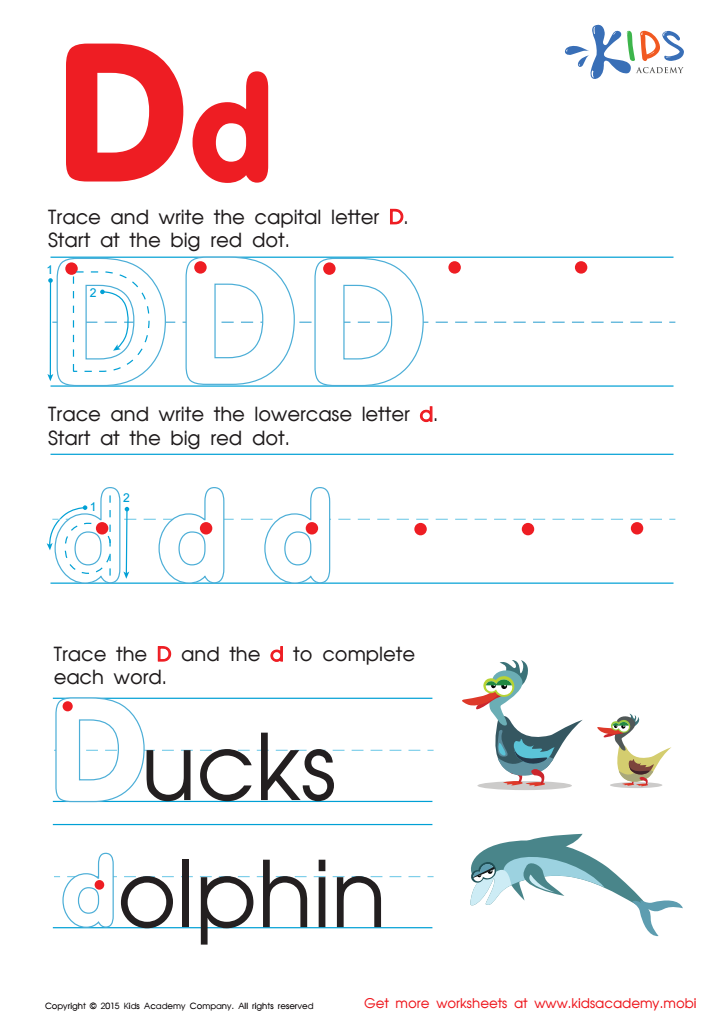

Letter D Tracing Page
Alphabet tracing for children aged 5-8 is foundational for their literacy development and overall academic success. At this critical age, children's brains are highly receptive to learning new skills, and alphabet tracing helps solidify their understanding of letter shapes, sounds, and proper writing techniques. Engaging in alphabet tracing activities supports fine motor skills development, necessary for hand strength and dexterity, which are essential for writing legibly and comfortably.
For parents and teachers, ensuring children practice alphabet tracing can prevent future difficulties with reading and writing. Early mastery of letter forms creates a sense of accomplishment and boosts self-confidence, positively impacting their motivation to learn. Additionally, well-executed tracing activities can be fun and engaging, incorporating games and creative exercises to hold their interest.
Alphabet tracing also strengthens cognitive abilities such as pattern recognition, sequencing, and directional tracking, which are crucial for reading fluency and comprehension. Facilitating this practice helps lay the foundation for a lifelong love of learning, enabling children to meet and exceed academic milestones. Consequently, investing in quality alphabet tracing activities provides immense returns, making it a worthwhile priority for teachers and parents to enhance children's educational experiences and equip them with essential skills for future success.

 Assign to My Students
Assign to My Students




